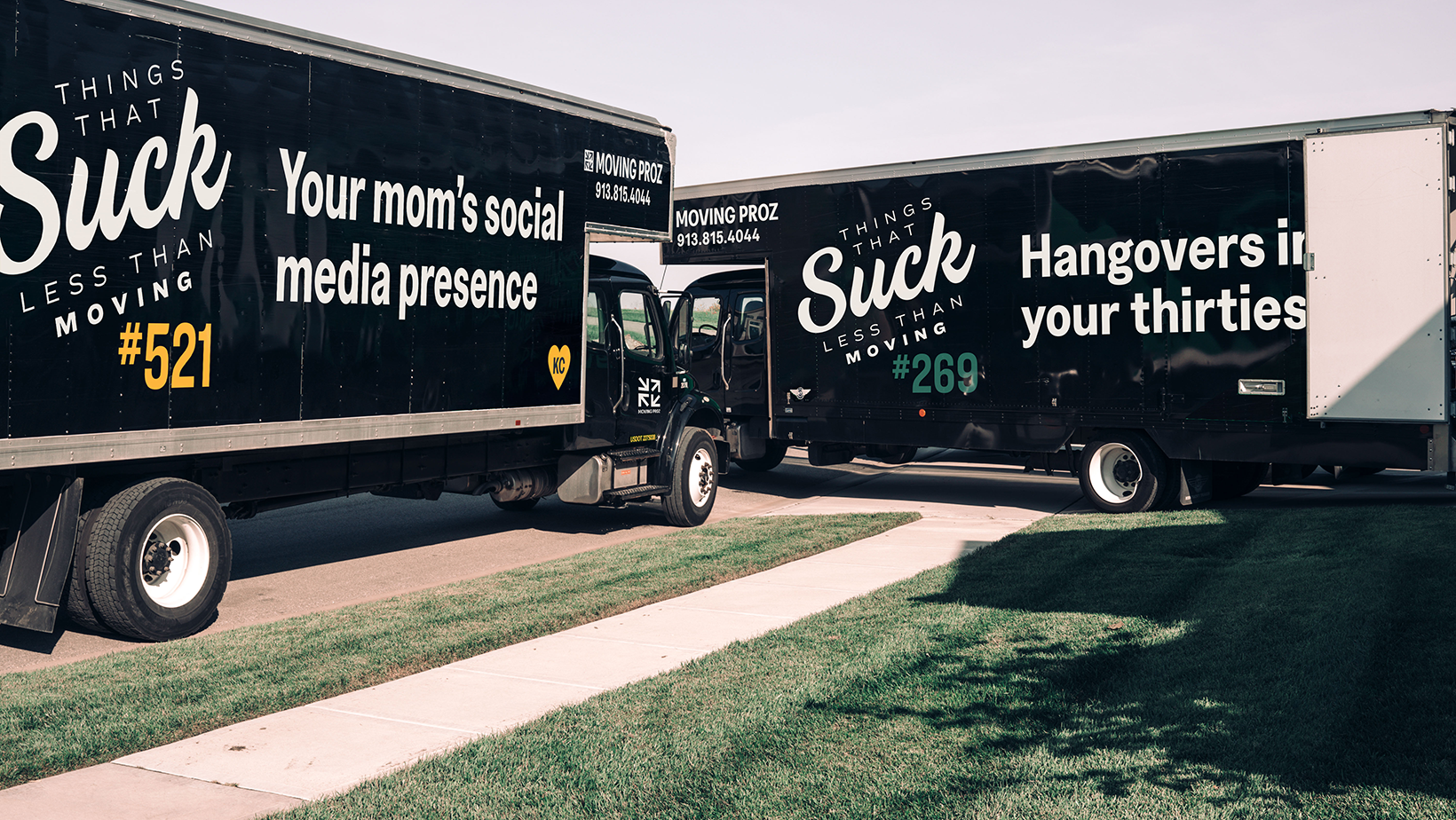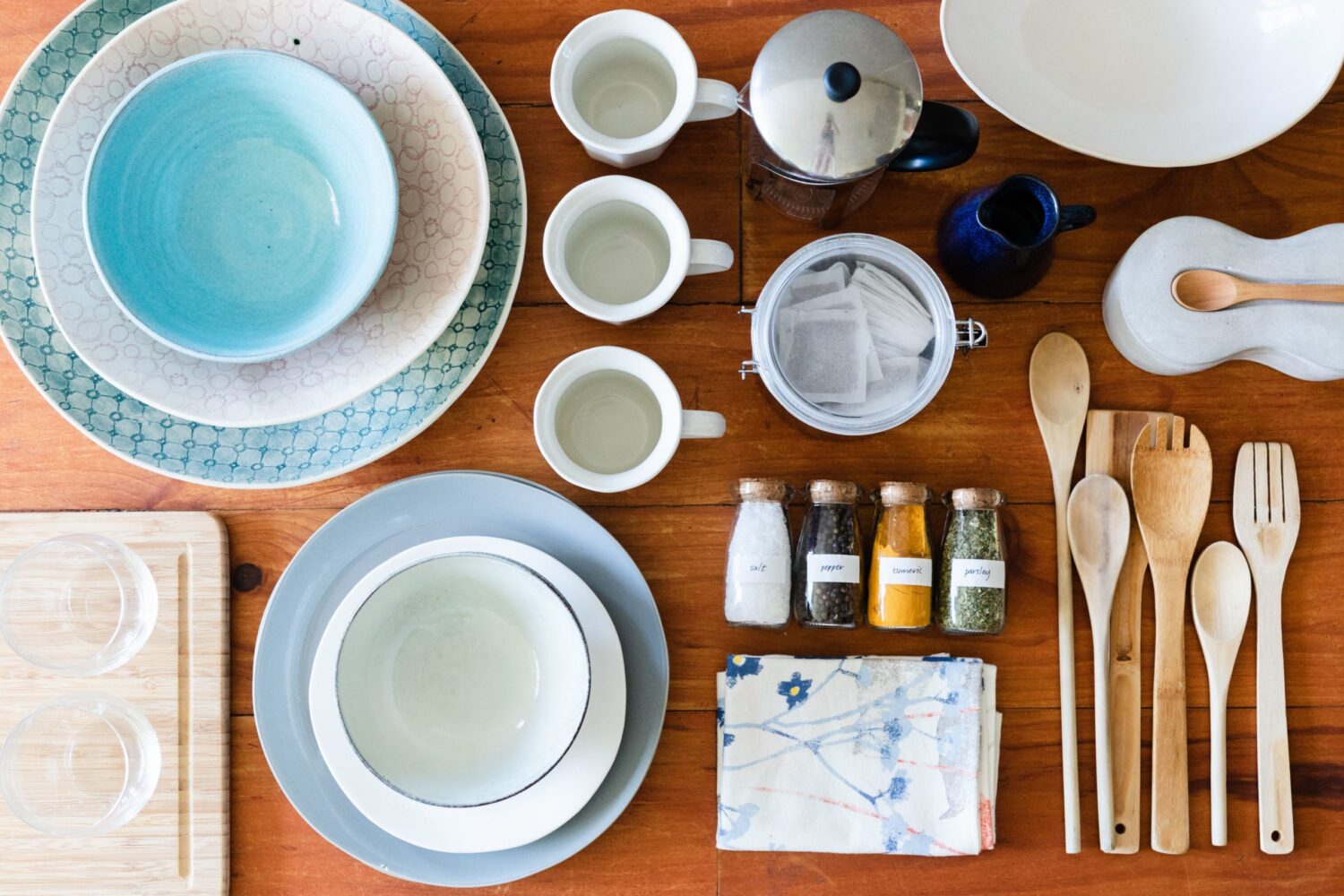Have you decided to become part of the almost 10% of Americans who move each year? From finding the perfect home to figuring out how to pack everything, moving comes with plenty of stress and decisions.
One less thing you need to worry about is how to pack kitchen items. Our guide covers it all, from how to pack dishes to how to pack food.
Keep reading for moving tips that help you pack your kitchen like a pro.
What You Need
Kitchen items require heavy-duty boxes to keep everything protected. Many items, such as pots and pans, are heavy and require double-walled cardboard, so they don’t break the box.
Thicker cardboard also prevents fragile items from breaking easily. Thin cardboard bends easily and doesn’t provide enough protection.
Grab boxes in several different sizes for the kitchen. Heavy items are best in smaller boxes to avoid putting too much weight in one container. You can pack lighter objects in your bigger boxes since they won’t weigh them down too much.
You also need packing material to pad breakable items. Bubble wrap is ideal for breakable items, but newspaper can work as well. Pack your kitchen towels while protecting your kitchen items by using them as the protective wrap.
Tossing the Old
Moving is the perfect time to declutter and downsize your kitchen collection. Before packing, go through your kitchen items to decide what you really want to take with you. Empty one drawer or cabinet at a time, going through each item to decide if you want to keep it or get rid of it.
Consider the size and storage space in your new kitchen. If it’s smaller than your current kitchen, you’ll need to downsize anyway to have room. Doing it before you move saves you on packing work.
If something no longer works and can’t be fixed easily, toss it. High-value kitchen items, such as high-end kitchen appliances that you don’t want, can earn you money if you sell them. If you don’t want to mess with selling items or most of the things you’re tossing are low in value, donating them is often easier.
Don’t forget to go through your food when you toss things. Spices, canned goods, and other shelf-stable items often get shoved to the back of the cabinet and might be well past their expiration dates.
While many of these don’t necessarily rot or spoil, the quality often goes down. Spices, for example, are generally best within 1 to 2 years. If you find older spices or multiples of spices you rarely use, consider tossing them or giving them to a friend to reduce what you have to pack.
Deciding on a Packing Order
Figuring out what to pack first can be challenging in every room. You don’t want to pack up your kitchen items too soon because you still need to eat. But you don’t want to wait too long, or you’ll be scrambling to get done at the last minute.
Start with the items you rarely use. That includes all those special gadgets that rarely see the light of day or the fine china that only comes out on special occasions. You can pack those rarely used items about three weeks or more before your move.
When you’re about one week out, start packing up the rest of your kitchen gear. Grab some disposable items to use for meals once you pack your dishes. Leave out only the essentials at this point.
Finish up with the food and any other remaining items the day of or the day before the move. Only keep out items you’ll definitely need.
Packing Pots and Pans
Pots and pans are durable with nonstick pans usually lasting around 5 years. That durability means they’ll likely make it to your new home in one piece, but there are special considerations when figuring out how to pack pots and pans.
If you let pots and pans touch each other directly, they can rub together and cause scratching. Damage to the non-stick coating can make the pans unsafe to use, and it can make foods stick.
The size and shape of pans, especially ones with handles that stick out, mean they take up a lot of space in the boxes. Being strategic can help you pack them efficiently.
Start by wrapping each piece with bubble wrap or a similar cushioning material to prevent scratches. If you have lots of kitchen towels you also need to pack, use them as the cushioning material.
You’ll get more into the box if you keep the lids separate from the pots. Instead, nest pans inside of one another, making sure to use plenty of padding between them to prevent scratches. Slip the lids in the same box to keep them all together, but you don’t have to stack the lids directly on top of the corresponding pans.
Since pans are awkwardly shaped, the box might have spare room in it. Carefully tuck any extra items, such as kitchen utensils or pantry items, into the extra space. This helps you get the most out use out of the packing box.
Packing Dishes
Dishes take a little more care since they’re often fragile. Plastic plates and cups are lightweight and easy to pack in a box without extra padding.
Deciding how to pack dishes that are breakable starts with carefully wrapping each plate, bowl, or glass individually. Place a thick layer of padding on the bottom of the box. Arrange the fragile dishes carefully in the box, adding extra padding along the sides and between items.
When packing fragile plates, try packing them on their sides instead of placing them flat. They’re less likely to break in this position. Sectioned boxes for drinkware can prevent breakable glasses from shattering.
Packing Utensils and Silverware
Heavy metal utensils are best in smaller boxes as well. A shoebox or similar-sized box is ideal. Group silverware together based on type, then use rubber bands to hold them together.
If you have a knife block, tape the knives in place before wrapping and packing them. Use cardboard to cover the blades of individual knives to protect yourself from getting cut when you unpack.
Lighter utensils can go in larger boxes. You can also tuck them into extra spaces in other boxes when you want to fill in the gaps.
Packing Appliances
If you’re like most people, you have plenty of small appliances in your kitchen. Coffee pots, toasters, toaster ovens, blenders, mixers, and many other appliances are common.
The easiest way to pack these appliances is by putting them back into their original boxes if you still have them. If not, look for boxes slightly larger than the appliances. Add packing material around the appliance to keep it from sliding around in the box.
If an appliance has a door or lid, tape it closed to keep it together during moving. Wrap any glass components, such as a glass container on a blender, in bubble wrap to prevent breakage.
For larger appliances, do a thorough cleaning before moving. Removing loose parts and taping doors and other parts closed can prevent damage during transit. Moving blankets covering the appliances keep them from getting scratched in the moving truck.
Packing Food
Food is typically the last thing you’ll pack. To reduce how much food you have to pack, cut back on your grocery trips and focus on eating what’s in your kitchen already. The goal is to eat as much of the food in the days and weeks before the move as possible.
When deciding what to eat, shop your pantry first. That simply means looking at what you have on hand and creating meals around those ingredients. Pull out that meat from the freezer, and toss in whatever veggies you have in the crisper to whip up some easy meals.
When figuring out how to pack food, start by packing any glass food containers in bubble wrap, newspaper, or another padding material to prevent them from breaking. Make sure lids are secure on any containers. If you’re concerned about containers coming open or breaking, put them in baggies to contain the mess.
Limit the size of boxes for heavy jars and cans, and distribute the weight within the box to avoid one side being heavier than the other. This makes the boxes easier to carry and prevents them from breaking.
Wait to pack perishable foods until right before you move. Use a cooler or add padding to keep items cold.
Hire a Professional
Don’t like the idea of packing up all those awkward kitchen items? Hiring a professional packing service can save you time and stress. It takes the guesswork out of how to box up all of those breakables and awkward-shaped items safely.
The packers have extensive training in the proper way to pack up your belongings, in the kitchen and other rooms. They provide quality packing materials and ensure everything is properly protected. You can decide how much of your home you want the packers to handle, from just the basics to everything you own.

Learn How to Pack Kitchen Items Properly
When you know how to pack kitchen items properly, you know they’ll arrive at your new home in good condition. Our packing tips also help you maximize space for efficient moving.
Are you ready for a move? Contact us for a free moving quote to see how we can help.
